Groups joined
Discussions started
Discussion Comments
Resources added
Stephanie O'Donnell added a new Discussion - "Thank you and farewell! " to Community Base
Stephanie O'Donnell contributed to Product - "Trailguard AI"
Stephanie O'Donnell added a new Product - "Trailguard AI"
Stephanie O'Donnell contributed to Organisation - "RESOLVE"
Stephanie O'Donnell added a new Article - "The Boring Fund: Origin Story" to Community Base
Stephanie O'Donnell contributed to Product - "Foxlights"
Stephanie O'Donnell added a new Product - "Foxlights"
Stephanie O'Donnell added a new Event - "Catch up with The Variety Hour: June 2024" to Community Base
Stephanie O'Donnell contributed to Product - "MSTriPES"
Stephanie O'Donnell contributed to Product - "FathomVerse"
Stephanie O'Donnell added a new Product - "FathomVerse"
Stephanie O'Donnell contributed to Product - "Pytorch-Wildlife "
Stephanie O'Donnell added a new Product - "Pytorch-Wildlife "
Stephanie O'Donnell added a new R&D - "CollarID"
Groups
Group
- Latest Discussion
- How has the Funding & Finance group done?
- Latest Resource
- /
- AI for Conservation Office Hours: 2025 Review
Read about the advice provided by AI specialists in AI Conservation Office Hours 2025 earlier this year and reflect on how this helped projects so far.
Group
- Latest Discussion
- Apis Nomadica Labs: Mobile Bee-Search for the Future of Food & Medicine
- Latest Resource
- /
- Zimbabwe Shines: 5 Key Takeaways from Ramsar COP15
Making waves in wetland conservation: Explore the outcomes and insights from Ramsar COP15, a premier global event on wetland protection and sustainability
Group
- Latest Resource
- /
- AI for Conservation Office Hours: 2025 Review
Read about the advice provided by AI specialists in AI Conservation Office Hours 2025 earlier this year and reflect on how this helped projects so far.
Group
- Latest Discussion
- New Group Proposal: Systems Builders & PACIM Designers
- Latest Resource
- /
- Population genetics with eDNA
Using SNP markers with an Amphibian species, we were able to identify a total of 17,617 nuclear single nuclear polymorphisms shared across individual, pond eDNA (4 populations) and tank eDNA samples (where tadpoles of the four ponds were housed), enabling us to detect genetic structuring across sampling locations (previously demenstrated with microsatellites and tissue samples), consistent with individual-based estimates. Collecting only the matrix (here water) allows describing the existing population structure...that could be a nice progress for conservation biology...
Group
- Latest Discussion
- Apis Nomadica Labs: Mobile Bee-Search for the Future of Food & Medicine
- Latest Resource
- /
- Siguiendo Ballenas: rastreo satelital desde el espacio revela sus rutas migratorias // Tracking right whales from outer space reveals their migratory routes
Un ambicioso proyecto internacional está usando transmisores satelitales para monitorear los viajes migratorios de ballenas francas australes, permitiendo entender sus sorprendentes patrones de desplazamiento en tiempo real. // An ambitious international project is using satellite tags to monitor the migratory journeys of southern right whales, allowing researchers to understand their surprising movement patterns in real time.
Group
- Latest Discussion
- G-DiNC 2026: Global Drones in Nature Conservation Symposium & Expo
- Latest Resource
- /
- BoutScout – Beyond AI for Images, Detecting Avian Behaviour with Sensors
In this case, you’ll explore how the BoutScout project is improving avian behavioural research through deep learning—without relying on images or video. By combining dataloggers, open-source hardware, and a powerful BiLSTM deep learning model trained on temperature data, the team has reduced the time needed to analyse weeks or even months of incubation behaviour to just seconds. This has enabled the discovery of new patterns in how tropical birds incubate their eggs across different elevations and climates. With tools soon to be released on PyPI, including a no-code platform for behavioural analysis, this work offers a fresh, scalable approach for conservationists and researchers working on breeding data at the tropics.
Group
- Latest Discussion
- Piloting a QGIS Course for Conservation Staff – Seeking Interest & Input
Please help us by participating in a MSc research project on what you consider to be 'evidence' in your work in conservation.
Group
- Latest Discussion
- Beyond the Tech Hype / Más Allá del Hype Tecnológico
Please help us by participating in a MSc research project on what you consider to be 'evidence' in your work in conservation.
Group
- Latest Discussion
- Graph of life platform
This is a chance to participate in a short survey about the preferences that conservation practitioners have for evidence. There's a chance to win one of three £20 Mastercard gift cards.
Group
- Latest Resource
- /
- Nature Tech for Biodiversity Sector Map launched!
Conservation International is proud to announce the launch of the Nature Tech for Biodiversity Sector Map, developed in partnership with the Nature Tech Collective!
Group
- Latest Discussion
- Suggestions for research funds
- Latest Resource
- /
- AI for Conservation Office Hours: 2025 Review
Read about the advice provided by AI specialists in AI Conservation Office Hours 2025 earlier this year and reflect on how this helped projects so far.
Group
- Latest Discussion
- G-DiNC 2026: Global Drones in Nature Conservation Symposium & Expo
- Latest Resource
- /
- Siguiendo Ballenas: rastreo satelital desde el espacio revela sus rutas migratorias // Tracking right whales from outer space reveals their migratory routes
Un ambicioso proyecto internacional está usando transmisores satelitales para monitorear los viajes migratorios de ballenas francas australes, permitiendo entender sus sorprendentes patrones de desplazamiento en tiempo real. // An ambitious international project is using satellite tags to monitor the migratory journeys of southern right whales, allowing researchers to understand their surprising movement patterns in real time.
Group
- Latest Discussion
- Do dogs influence small mammal trapping success rates?
Scientists at Victoria's Healesville Sanctuary are using trained sniffer dogs on paddleboards to track and identify platypuses in their habitat.
Group
- Latest Discussion
- Free online tool to analyze wildlife images
- Latest Resource
- /
- AI for Conservation Office Hours: 2025 Review
Read about the advice provided by AI specialists in AI Conservation Office Hours 2025 earlier this year and reflect on how this helped projects so far.
Group
- Latest Discussion
- Free online tool to analyze wildlife images
- Latest Resource
- /
- IUCN Red list R client.
Everything you need on the IUCN Red list is now accessible from R, outputted as tibble to facilitate data query, analysis, and visualization.
Group
- Latest Discussion
- Online Ocean-Focused GIS Course
- Latest Resource
- /
- AI for Conservation Office Hours: 2025 Review
Read about the advice provided by AI specialists in AI Conservation Office Hours 2025 earlier this year and reflect on how this helped projects so far.
Group
- Latest Discussion
- AI accelerator for nonprofits working in the Climate area
- Latest Resource
- /
- Case Study: Drone-based radio-tracking of Eastern Bandicoots
Wildlife Drones was deployed by Zoos Victoria in a trial project tracking captive-bred Eastern Barred Bandicoots that were tagged and released into the wild
Group
- Latest Resource
- /
- BoutScout – Beyond AI for Images, Detecting Avian Behaviour with Sensors
In this case, you’ll explore how the BoutScout project is improving avian behavioural research through deep learning—without relying on images or video. By combining dataloggers, open-source hardware, and a powerful BiLSTM deep learning model trained on temperature data, the team has reduced the time needed to analyse weeks or even months of incubation behaviour to just seconds. This has enabled the discovery of new patterns in how tropical birds incubate their eggs across different elevations and climates. With tools soon to be released on PyPI, including a no-code platform for behavioural analysis, this work offers a fresh, scalable approach for conservationists and researchers working on breeding data at the tropics.
Group
- Latest Discussion
- Online Ocean-Focused GIS Course
This is a chance to participate in a short survey about the preferences that conservation practitioners have for evidence. There's a chance to win one of three £20 Mastercard gift cards.
Group
- Latest Resource
- /
- New WILDLABS Funding & Finance group
WildLabs will soon launch a 'Funding and Finance' group. What would be your wish list for such a group? Would you be interested in co-managing or otherwise helping out?
Group
- Latest Discussion
- DIY: Pressure Chamber
- Latest Resource
- /
- Can CBIs promote coexistence? A Case Study from Northern Tanzania
Can conservation-based incentives promote the willingness of local communities to coexist with wildlife? A case of Burunge Wildlife Management Area, Northern Tanzania
Group
- Latest Discussion
- GIS and AI on deforestation and Climate Change
- Latest Resource
- /
- Zimbabwe Shines: 5 Key Takeaways from Ramsar COP15
Making waves in wetland conservation: Explore the outcomes and insights from Ramsar COP15, a premier global event on wetland protection and sustainability
Group
- Latest Discussion
- Free online tool to analyze wildlife images
- Latest Resource
- /
- IUCN Red list R client.
Everything you need on the IUCN Red list is now accessible from R, outputted as tibble to facilitate data query, analysis, and visualization.
Group
- Latest Discussion
- New Group Proposal: Systems Builders & PACIM Designers
- Latest Resource
- /
- Application of computer vision for off-highway vehicle route detection: A case study in Mojave desert tortoise habitat
Driving off-highway vehicles (OHVs), which contributes to habitat degradation and fragmentation, is a common recreational activity in the United States and other parts of the world, particularly in desert environments with fragile ecosystems. Although habitat degradation and mortality from the expansion of OHV networks are thought to have major impacts on desert species, comprehensive maps of OHV route networks and their changes are poorly understood. To better understand how OHV route networks have evolved in the Mojave Desert ecoregion, we developed a computer vision approach to estimate OHV route location and density across the range of the Mojave desert tortoise (Gopherus agassizii). We defined OHV routes as non-paved, linear features, including designated routes and washes in the presence of non-paved routes. Using contemporary (n = 1499) and historical (n = 1148) aerial images, we trained and validated three convolutional neural network (CNN) models. We cross-examined each model on sets of independently curated data and selected the highest performing model to generate predictions across the tortoise's range. When evaluated against a ‘hybrid’ test set (n = 1807 images), the final hybrid model achieved an accuracy of 77%. We then applied our model to remotely sensed imagery from across the tortoise's range and generated spatial layers of OHV route density for the 1970s, 1980s, 2010s, and 2020s. We examined OHV route density within tortoise conservation areas (TCA) and recovery units (RU) within the range of the species. Results showed an increase in the OHV route density in both TCAs (8.45%) and RUs (7.85%) from 1980 to 2020. Ordinal logistic regression indicated a strong correlation (OR = 1.01, P < 0.001) between model outputs and ground-truthed OHV maps from the study region. Our computer vision approach and mapped results can inform conservation strategies and management aimed at mitigating the adverse impacts of OHV activity on sensitive ecosystems.
Group
- Latest Discussion
- Support the Cartographer Cause!
- Latest Resource
- /
- MyProgress: Advancing GIS and R programming skills.
A fascinating journey of unleashing my potentials in spatial analysis using ArcGIS Pro and R programming.
Group
- Latest Resource
- /
- Nature Tech for Biodiversity Sector Map launched!
Conservation International is proud to announce the launch of the Nature Tech for Biodiversity Sector Map, developed in partnership with the Nature Tech Collective!
Group
- Latest Discussion
- Free online tool to analyze wildlife images
- Latest Resource
- /
- AI for Conservation Office Hours: 2025 Review
Read about the advice provided by AI specialists in AI Conservation Office Hours 2025 earlier this year and reflect on how this helped projects so far.
Group
- Latest Discussion
- Mothbox Documentary [Wildlabs Award 2024)
- Latest Resource
- /
- A new underwater camera trap for freshwater wildlife monitoring
Proud of sharing our paper introducing our underwater camera trap, a solution for automating the production of underwater images and videos of amphibians, reptiles, invertebrates, mammals...
Group
- Latest Discussion
- Women Conserving Southern Africa
- Latest Resource
- /
- Making Progress: Women in Conservation Technology Programme, Kenya
We invite you to join us in reflecting on the extraordinary progress each of our WiCT Kenyan cohort members has made since 2022 and follow along on their dynamic conservation tech career journeys. Featuring fifteen exciting blog posts made here on WILDLABS in each of their own words.
Group
- Latest Discussion
- Suggestions for research funds
- Latest Resource
- /
- Zimbabwe Shines: 5 Key Takeaways from Ramsar COP15
Making waves in wetland conservation: Explore the outcomes and insights from Ramsar COP15, a premier global event on wetland protection and sustainability
Group
- Latest Discussion
- Suggestions for research funds
- Latest Resource
- /
- Siguiendo Ballenas: rastreo satelital desde el espacio revela sus rutas migratorias // Tracking right whales from outer space reveals their migratory routes
Un ambicioso proyecto internacional está usando transmisores satelitales para monitorear los viajes migratorios de ballenas francas australes, permitiendo entender sus sorprendentes patrones de desplazamiento en tiempo real. // An ambitious international project is using satellite tags to monitor the migratory journeys of southern right whales, allowing researchers to understand their surprising movement patterns in real time.
Bookmarks
My Courses
These are your in-progress and completed courses. Explore more courses through our catalogue.
To find courses you have created, see your "My Draft Content" or "My Content" tabs.
Settings
Stephanie O'Donnell's Content
Discussion
Hi wildlabbers, Ooof, this is going to be a difficult one to write. It's a message I have left to truly the last possible moment because it will be so hard to find the right...
7 February 2025
Our Award Project Manager, Adrien Pajot, read all 194 applications received in the 2024 WILDLABS Awards. As we open up the application process for 2025, he offers his advice for the five things you should keep in mind...
22 November 2024
Article
The story of the Boring Fund and why we're so excited to have it out in the world 🚀
26 September 2024
Discussion
Hi folks!@Chelsea_Smith from Fauna & Flora joined last month's variety hour to share more about Fauna & Flora's work with geospatial data. I invited her along as I thought...
17 April 2024
Discussion
Hi everyone, @craig joined last month's Variety Hour to chat about Tagranger, which you can read more about here. A TagRanger® system has three elements:A Tag...
17 April 2024
Discussion
Hi everyone!@LashaO and @holmbergius from the Wild Me team at ConservationX Labs gave a superb talk at last month's Variety Hour, sharing their recent breakthroughs with...
17 April 2024
NASA and IBM have teamed up to create an AI Foundation Model for Earth Observations, using large-scale satellite and remote sensing data, including the Harmonized Landsat and Sentinel-2 (HLS) data.
28 March 2024
Hi everyone, I'm looking into proven systems for managing human-wildlife conflict, particularly focused on early warning systems. I'm keen to hear of any examples from your...
25 March 2024
WWF is looking for consultant(s) with expertise in spatial data mapping and analysis.
19 March 2024
Join our multi-national team at the AI for Biodiversity Change Global Climate Center! We're hiring a Research Data Manager & Tech Coordinator at Ohio State. Support cutting-edge research on climate change &...
15 March 2024
WILDLABS was honoured to represent the global conservation technology sector on the world stage, joining the World Wildlife Day celebrations at the UN. As an invited speaker, Stephanie O'Donnell used her talk to share...
7 March 2024
Do you work for a climate organization looking to multiply impact with AI? Apply for the Salesforce Accelerator - AI for Climate! This new philanthropic initiative is dedicated to supporting innovative solutions for...
16 January 2024

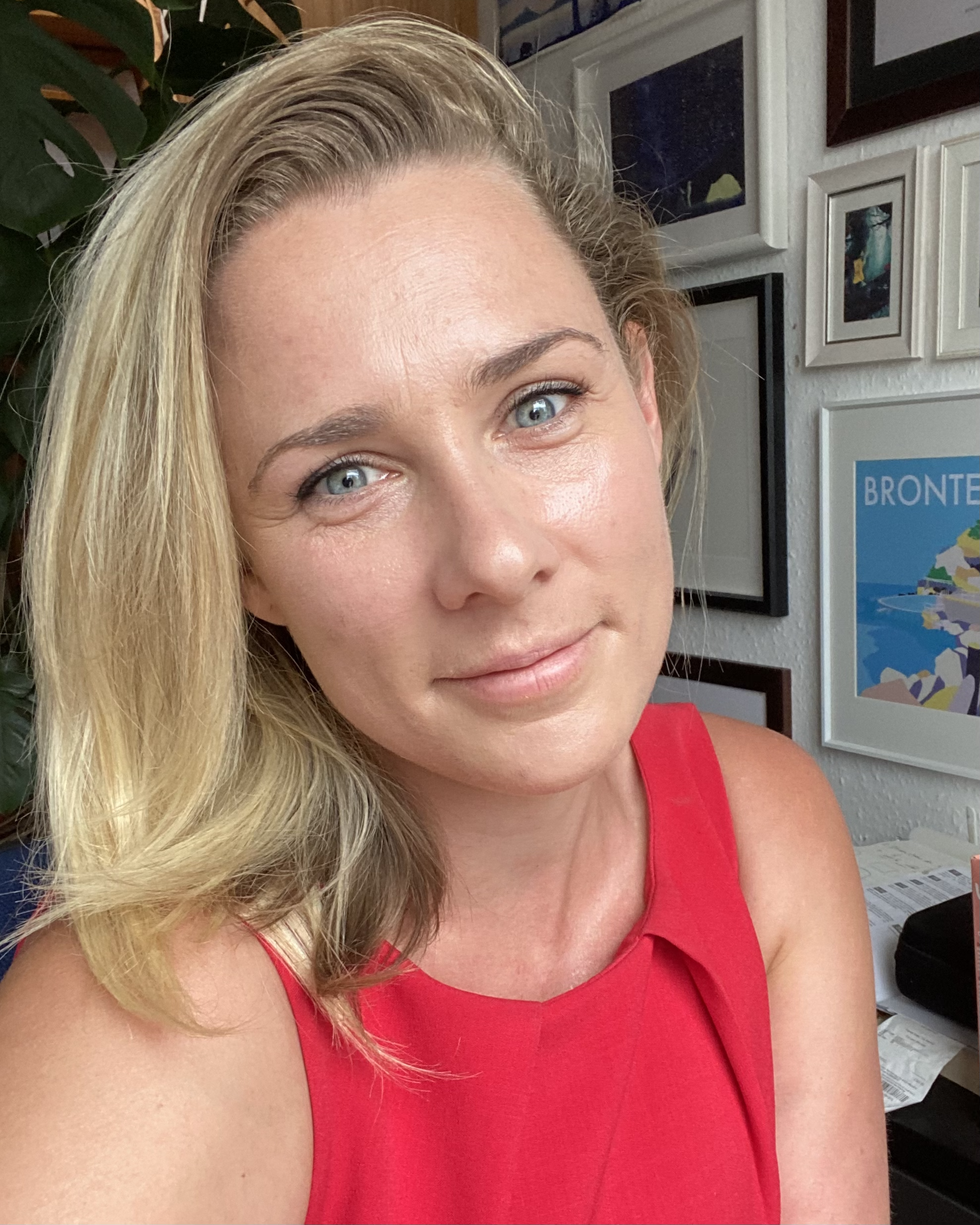
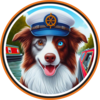


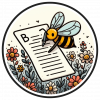
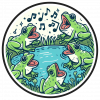










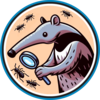







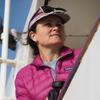

































































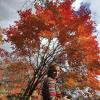




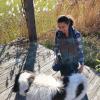
















































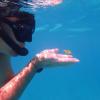



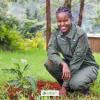





















































Stephanie O'Donnell commented on "Thank you and farewell! "